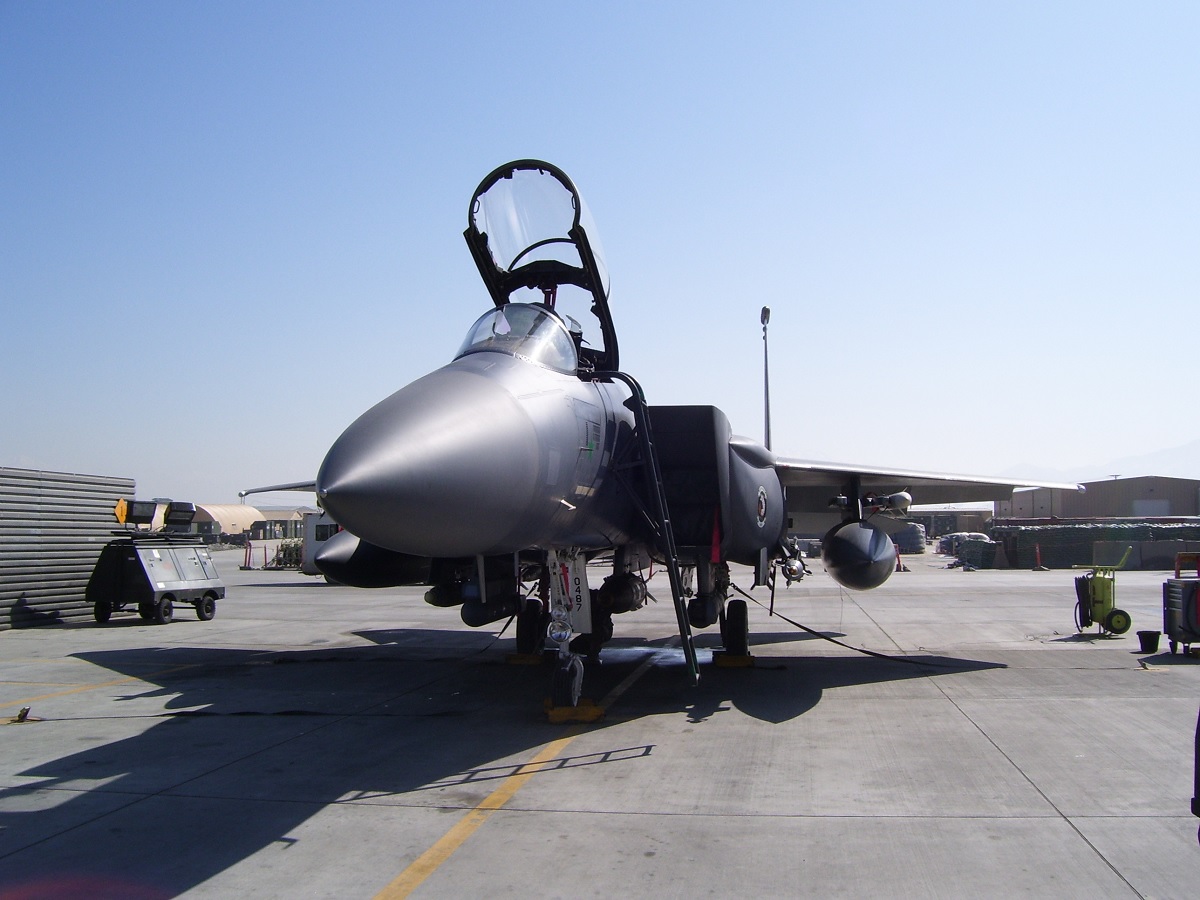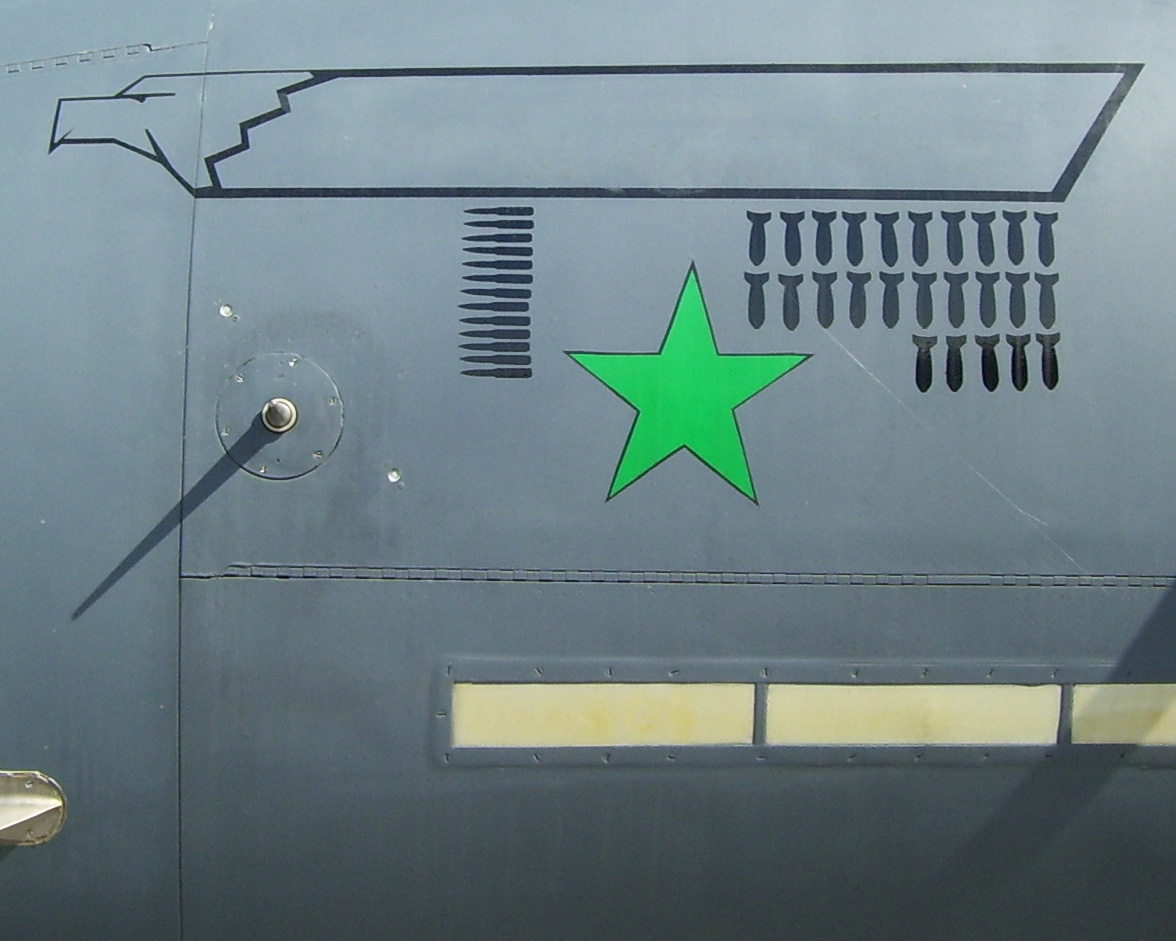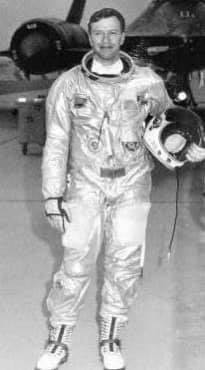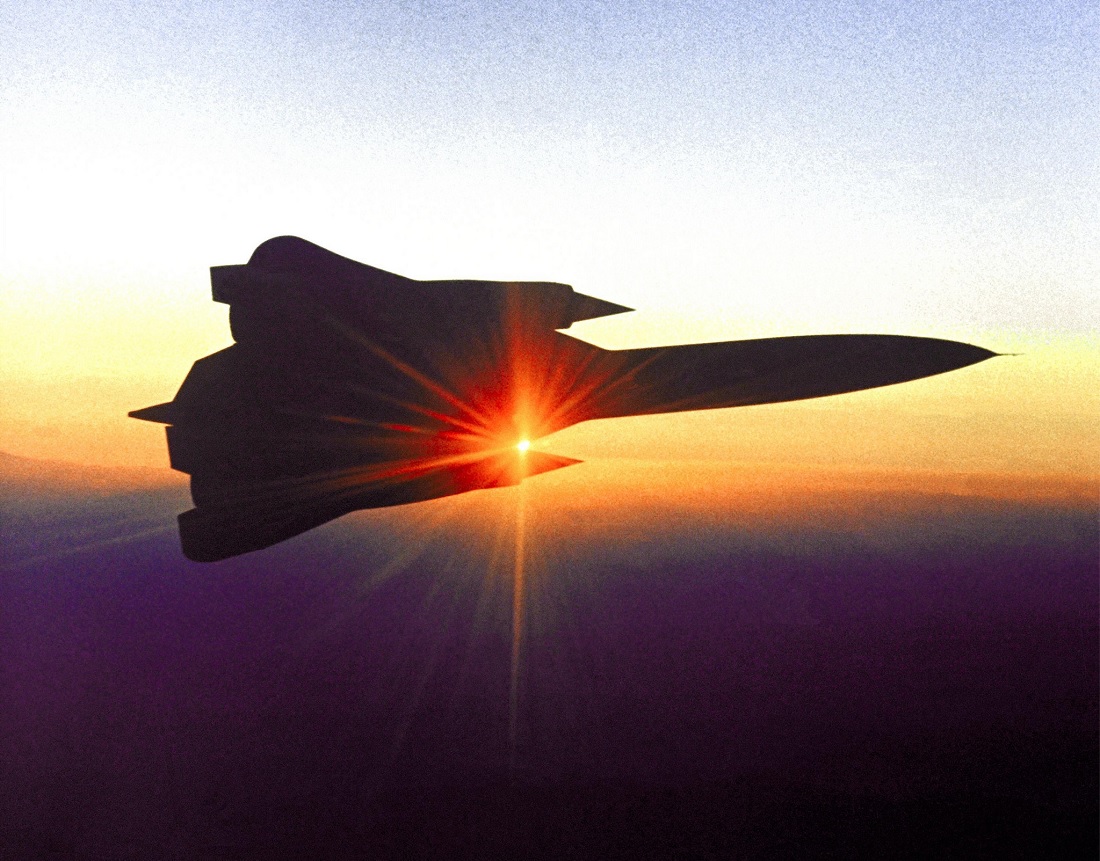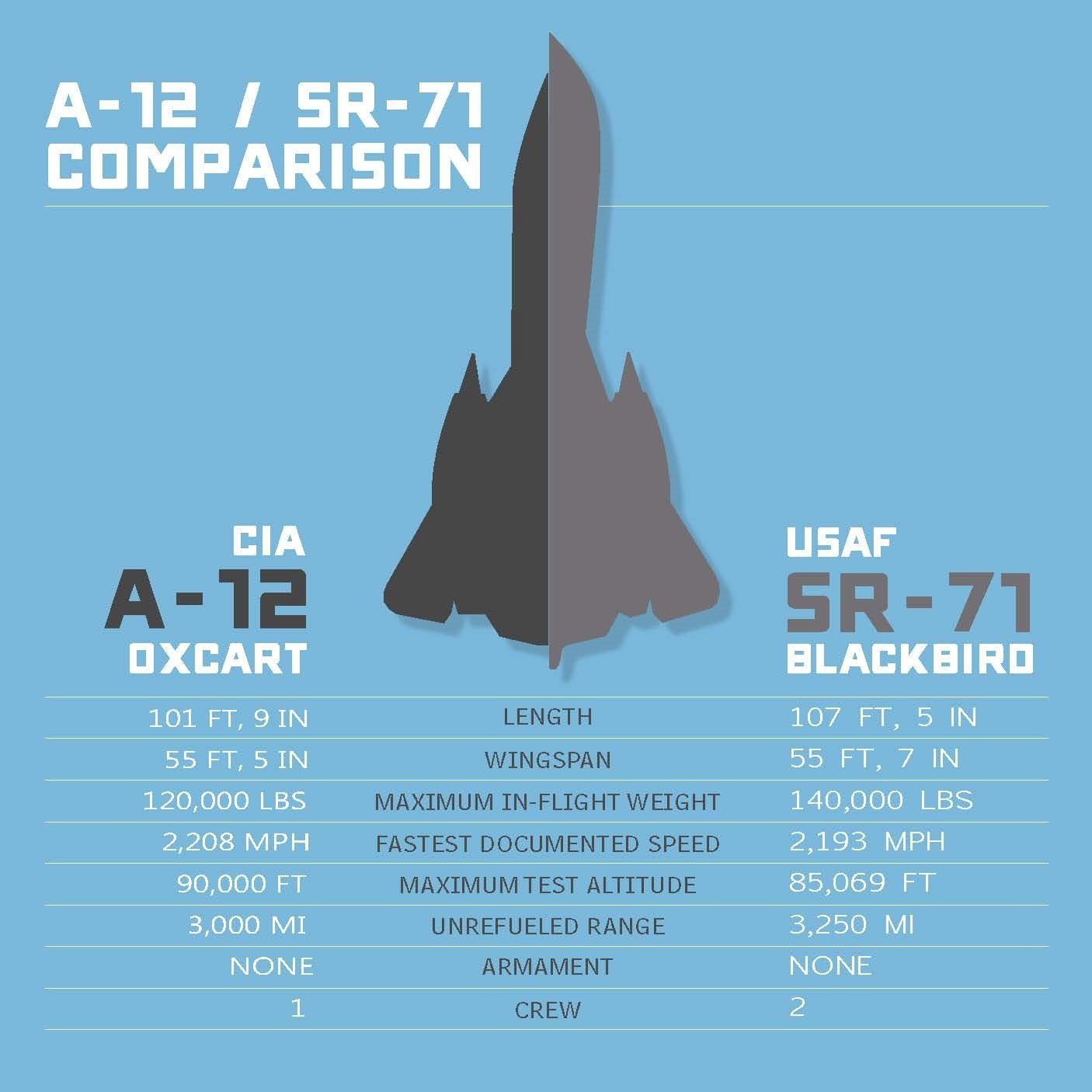The USAF’s 8th Air Force Commander and former SR-71 Blackbird pilot, Lt.-Gen. Thomas J. Keck, became the first NATO serviceman to fly a Russian Tu-22M3 Backfire long-range bomber on August 22, 2001
A wave of democratic reform surged across some former Eastern Bloc countries in the mid-1980s. Gradually, democratic reforms also started to emerge in the Soviet Union.
Significant changes occurred in the USSR’s foreign and home policies and the military field following Mikhail S. Gorbachov’s ascension to power in 1985. All of this resulted in the Berlin Wall’s fall, the Warsaw Pact military bloc’s dissolution, and the signing of new arms reduction treaties.
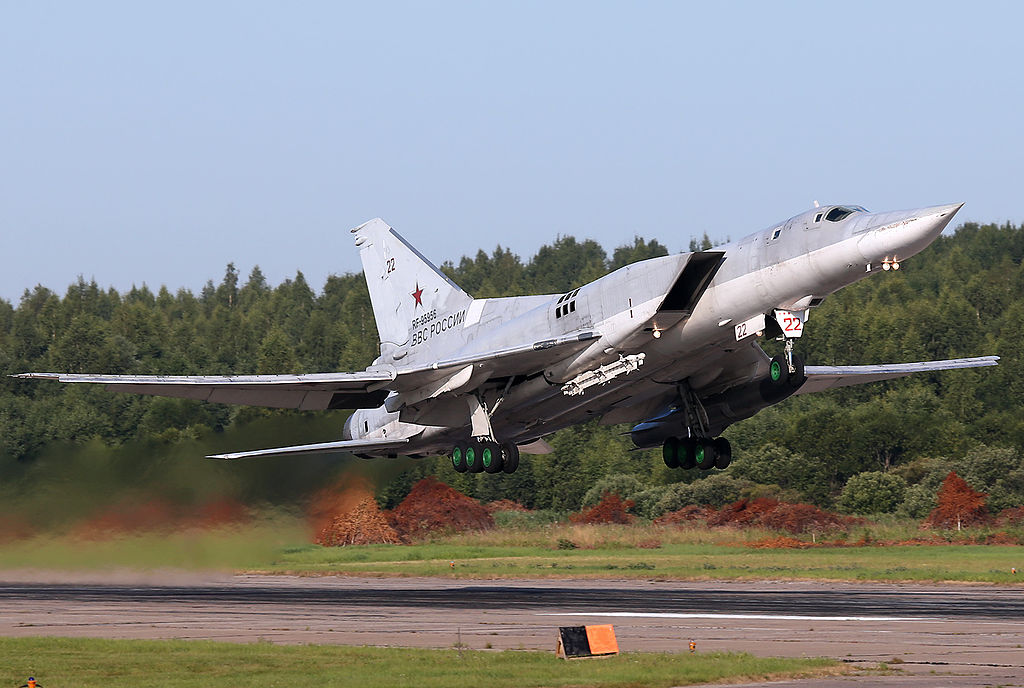
The Soviet MoD created albums with different views and performance data of many kinds of Soviet weapons and military hardware, including combat aircraft, in accordance with the agreements made with the West. Every basic type and version of Soviet Air Force fixed-wing aircraft and helicopter was photographed from different angles, including the upper view; in every picture, an obligatory scale ruler was positioned close to the aircraft to define its dimensions and enable the use of surveillance satellite imagery to track the aircraft’s presence at specific airbases. Comprehensive data on Soviet military hardware, including its accurate Soviet designations, were sent to the NATO command.
Gradually, the absolute secrecy that had surrounded the Soviet Armed Forces started to dissolve.
In their book Tupolev Tu-22M Soviet/Russian Swing-Wing Heavy Bomber, Yefim Gordon and Dmitriy Komissarov tell how this showed Russia’s willingness to be transparent in military politics and their non-aggressive intents toward their former Cold War adversaries.

A six-person American military delegation led by Lt.-Gen. Thomas J. Keck, Commander of the USAF’s 8th Air Force and a former SR-71 Blackbird pilot, accepted an invitation from the Russian Ministry of Defense on August 20, 2001, and traveled to Russia for six days in order to promote military contacts. On August 22, the delegation went to the 43rd TsBP I PLS of Long-Range Aviation at Dyagilevo AB, among other Russian Air Force bases. There, the general became the first NATO serviceman to fly the Backfire on a familiarization flight in a Tu-22M3 long-range bomber.
Live bomb drops were part of the sortie at a practice range. In an initiation procedure sometimes imposed on new arrivals, the Russian pilots offered Keck a shot of vodka after landing at Dyagilevo, then grabbed his arms and legs and swung him, bumping his behind against the aircraft’s nosewheels. Lt.-Gen. Keck took all this with good humor, as similar traditions existed back home. ‘Sometimes you get very wet being dunked in water; sometimes your necktie is cut off; sometimes even the tail of your shirt is cut off’, he said. (As a former SR-71 pilot, Keck referred to the tie-cutting ceremony as one of many traditions perpetuated by Blackbird crews.)
‘I was very impressed with everything from the beginning, from the ground crew preparing the aircraft to the aviators in the sky, the ones who make it all happen’, Thomas Keck told reporters after meeting the then Russian Air Force Commander-in-Chief Army Gen. Anatoliy M. Kornukov in Moscow. ‘The opportunity to see your units firsthand and fly your aircraft has been incredible — something I will never forget for the rest of my life.’ Kornukov said that, apart from the official side of the visit, the unofficial meetings with pilots and air force officers were also important and pledged friendship between Russian and US military aviation professionals. ‘Our meetings are a guarantee that we will not be looking at each other through the crosshairs of a gunsight, but rather facing each other like we do now’, he said.
Tupolev Tu-22M Soviet/Russian Swing-Wing Heavy Bomber is published by Schiffer Publishing and is available to order here.
Photo by U.S. Air Force and Dmitriy Pichugin via Wikipedia




